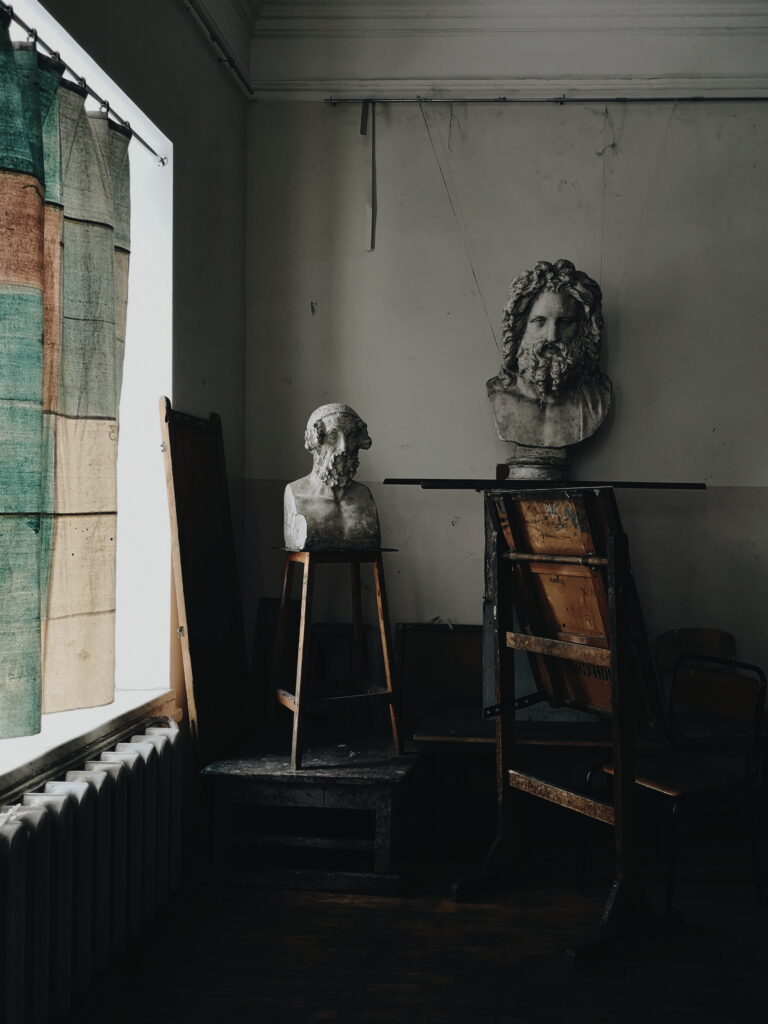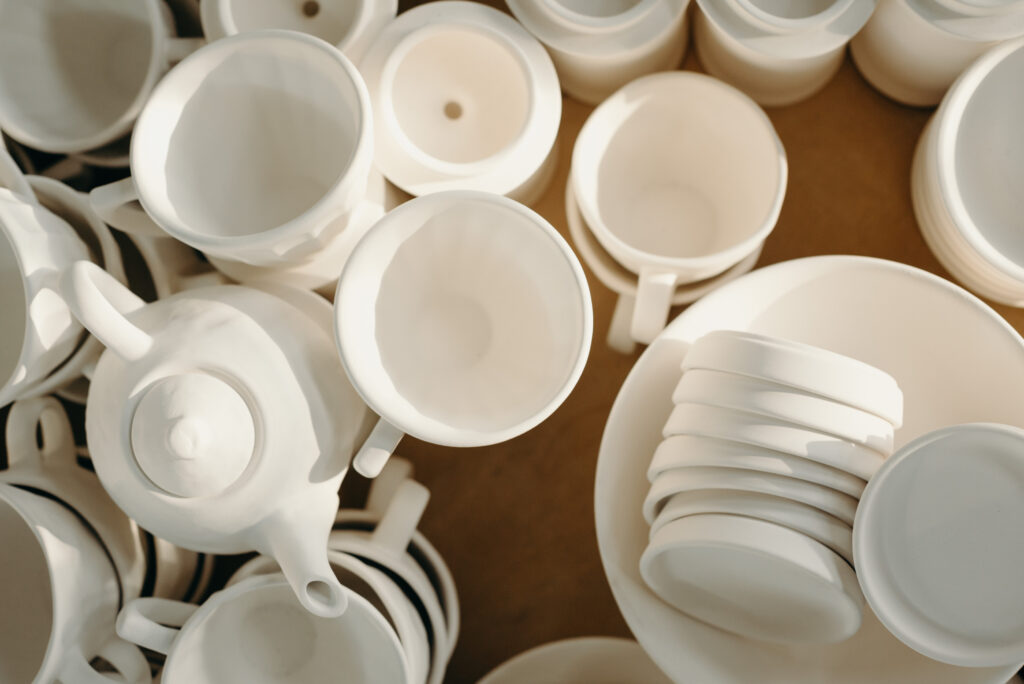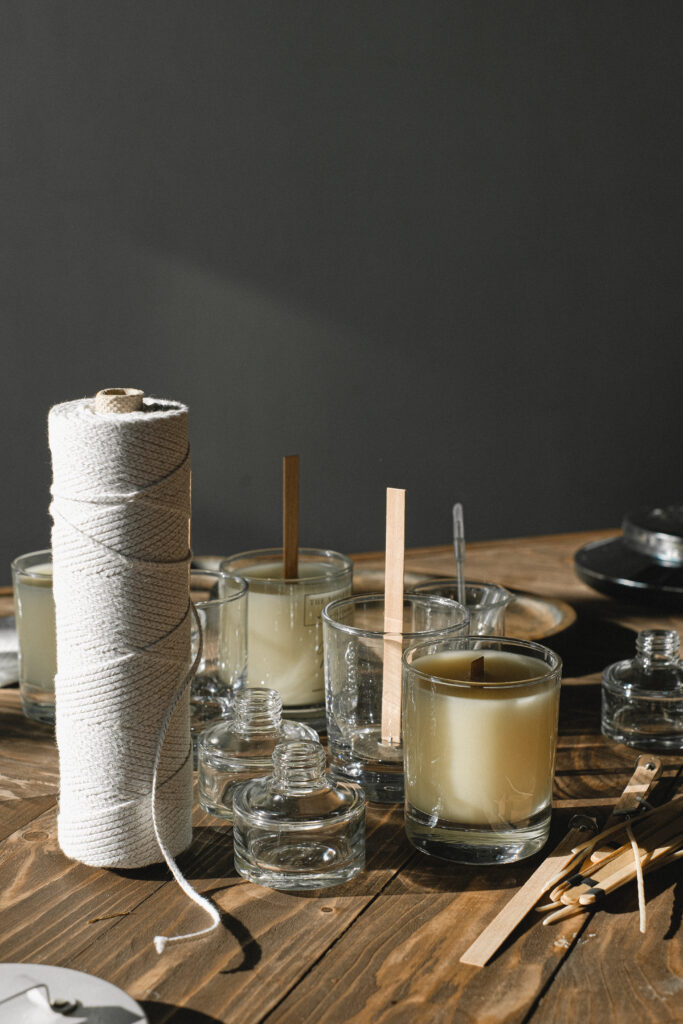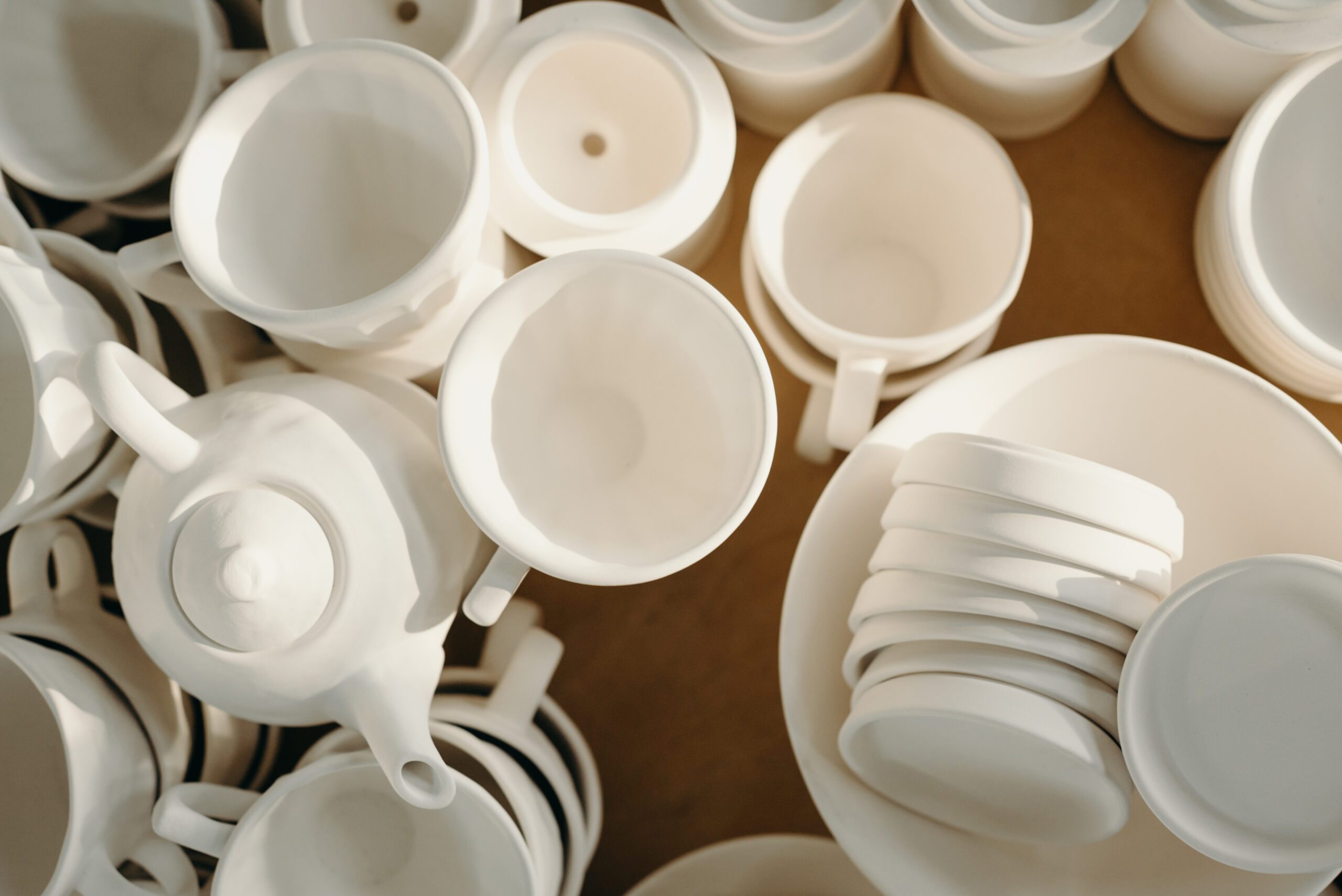Have you ever wondered if you can use a vacuum cleaner to tackle those pesky mold and mildew problems? Well, wonder no more! In this article, we will explore whether a vacuum cleaner is a suitable solution for cleaning mold and mildew. From discussing the effectiveness of vacuuming, to providing tips and precautions, we’ve got you covered. So, let’s jump right in and find out if your trusty vacuum cleaner can be your new ally in the battle against mold and mildew!
Understanding Mold and Mildew
What is mold?
Mold refers to a type of fungus that can grow both indoors and outdoors. It thrives in damp, warm, and dark environments, and can be found on various surfaces such as walls, ceilings, floors, and even furniture. Mold reproduces by releasing spores into the air, which can then settle on surfaces and begin to grow if the conditions are favorable.
What is mildew?
Mildew is another type of fungus that is closely related to mold. It is commonly found in damp and humid areas such as bathrooms, basements, and kitchens. Unlike mold, mildew is usually powdery or fluffy in texture and appears in shades of white, gray, or yellow. Similar to mold, mildew can also release spores into the air, posing a risk to both property and human health.
Differences between mold and mildew
While mold and mildew are both types of fungi, there are some key differences between them. Mold tends to have a fuzzy or slimy appearance and can be black, green, or even pink in color. Mildew, on the other hand, is generally lighter in color and has a powdery appearance. In terms of texture, mold is often thicker and might penetrate deeper into the affected surface compared to mildew. Understanding these differences can help in identifying and effectively addressing mold and mildew growth.
Causes of mold and mildew growth
Mold and mildew require specific conditions to grow, primarily moisture and a food source. Excessive humidity, water leaks, condensation, and poor ventilation can create an environment conducive to the growth of mold and mildew. Common sources of moisture include leaks from pipes or roofs, flooding, and high indoor humidity levels. Additionally, organic materials such as wood, fabric, and paper serve as food sources for mold and mildew, providing them with the nutrients they need to thrive.
Health risks of mold and mildew
Both mold and mildew can have negative impacts on human health. When mold or mildew spores are inhaled or come into contact with the skin, they can cause allergic reactions, respiratory problems, such as coughing and wheezing, and irritation of the eyes, nose, and throat. People with compromised immune systems, allergies, or asthma may be more susceptible to the health risks associated with mold and mildew exposure. It is important to address mold and mildew growth promptly to minimize health risks.
Using a Vacuum Cleaner for Mold and Mildew Removal
Suitability of vacuum cleaners for mold and mildew removal
Vacuum cleaners can be an effective tool for cleaning mold and mildew from surfaces. They are especially useful for removing loose spores and debris that may contribute to the growth and spread of mold and mildew. However, it is essential to note that vacuum cleaners should only be used on hard, non-porous surfaces, as using them on porous materials like drywall or upholstery can lead to the spread of spores and further contamination.
Benefits of using a vacuum cleaner
Using a vacuum cleaner for mold and mildew removal offers several benefits. Firstly, it can help to physically remove mold and mildew spores, reducing the risk of further growth and contamination. Additionally, vacuuming these areas can help to improve indoor air quality by removing airborne particles. Vacuum cleaners equipped with High-Efficiency Particulate Air (HEPA) filters are particularly effective in trapping microscopic particles, including mold spores, and preventing them from being released back into the air.
Limitations of using a vacuum cleaner
While vacuum cleaners can be useful in removing mold and mildew, they do have limitations. Vacuuming may not fully eliminate the problem, especially if the mold or mildew growth is extensive or deeply ingrained into the material. In such cases, it is crucial to consult professionals or consider alternative removal methods. Moreover, vacuum cleaner attachments and surfaces must be thoroughly cleaned and disinfected after use to prevent the spread of spores to other areas.

Recommended Vacuum Cleaners for Mold and Mildew Removal
HEPA filters and mold/mildew removal
When choosing a vacuum cleaner for mold and mildew removal, it is highly recommended to opt for one with a HEPA filter. HEPA filters are designed to capture particles as small as 0.3 microns, including mold spores, which can range from 1 to 30 microns in size. By using a vacuum cleaner with a HEPA filter, you can effectively remove mold and mildew spores from surfaces and prevent them from being released back into the air.
Wet/dry vacuums and mold/mildew removal
Another option to consider is a wet/dry vacuum cleaner, which can handle both wet and dry cleaning tasks. Wet/dry vacuums are particularly suitable for removing mold and mildew in areas where moisture is present, such as bathrooms or basements. These vacuums can effectively extract excess water and thoroughly clean surfaces, helping to prevent future mold and mildew growth.
UV-C equipped vacuums for mold/mildew removal
UV-C equipped vacuum cleaners are a relatively new innovation in the fight against mold and mildew. These vacuums use ultraviolet (UV) light technology to kill mold spores, bacteria, and other microorganisms as they pass through the vacuum. UV-C light has germicidal properties and can effectively neutralize mold and mildew, making these vacuums a potentially valuable tool for mold and mildew removal.
Other features to consider
When selecting a vacuum cleaner for mold and mildew removal, there are a few additional features to consider. Look for a vacuum with a strong suction power to ensure efficient cleaning. Adjustable settings and attachments can also be beneficial, allowing you to customize the cleaning process based on the specific surfaces and areas you are targeting. Additionally, consider the size and maneuverability of the vacuum cleaner to ensure easy handling and access to hard-to-reach places.
Steps for Safely Cleaning Mold and Mildew with a Vacuum Cleaner
Precautions before starting
Before beginning the cleaning process, it is crucial to take proper precautions to ensure your safety and minimize the risk of spreading spores. Wear protective gear, such as gloves, goggles, and a mask, to protect yourself from mold and mildew exposure. Seal off the affected area to prevent spores from dispersing to other parts of the property. Open windows and use fans for ventilation to minimize the concentration of airborne particles.
Preparation and setup
Once precautions are in place, prepare the vacuum cleaner for mold and mildew removal. Ensure that the vacuum cleaner is equipped with a HEPA filter, and if necessary, attach the appropriate nozzle or brush for the specific surface you are cleaning. Familiarize yourself with the vacuum’s settings and functions to optimize the cleaning process.
Cleaning process
Start by gently vacuuming the affected area, using slow and deliberate movements. Make sure to cover the surface thoroughly, paying extra attention to areas where mold or mildew growth is visible. Avoid pressing too hard to prevent dispersing spores into the air. If using a wet/dry vacuum, follow the manufacturer’s instructions for proper use when dealing with damp or wet surfaces.
Disposal of vacuumed mold and mildew
Once the cleaning is complete, it is important to dispose of the vacuumed mold and mildew properly. Empty the vacuum cleaner’s collection bin or bag into a sealed plastic bag, ensuring that the bag is securely closed. This step helps prevent spores from escaping and contaminating other areas. Dispose of the sealed bag according to local regulations or guidelines for hazardous waste disposal.

Alternatives to Using a Vacuum Cleaner for Mold and Mildew Removal
Chemical-based cleaners
Chemical-based cleaners are widely available on the market and can be effective in removing mold and mildew. These cleaners often contain ingredients such as bleach or hydrogen peroxide, which have antimicrobial properties. However, it is important to use these products cautiously, following the instructions provided, and considering any potential health risks associated with their use.
Natural and homemade remedies
For those who prefer more natural approaches, there are various homemade remedies that can help combat mold and mildew. Vinegar, baking soda, hydrogen peroxide, and tea tree oil are commonly used natural ingredients known for their antimicrobial properties. These remedies can be mixed with water and applied to affected areas using a spray bottle or sponge. However, it is important to note that efficacy may vary and professional assistance may be required for extensive mold and mildew growth.
Professional mold remediation services
In cases of severe or widespread mold and mildew growth, it is advisable to seek professional mold remediation services. Certified mold remediation professionals have the expertise, experience, and specialized equipment to effectively and safely remove mold and mildew. They can conduct thorough inspections, identify the root cause of the growth, and implement appropriate remediation strategies, ensuring a comprehensive and long-lasting solution.
Preventing Mold and Mildew Growth
Maintaining proper ventilation
One of the key preventive measures against mold and mildew growth is maintaining proper ventilation throughout your property. Ensure that all areas, especially high-moisture spaces like bathrooms and kitchens, have adequate ventilation systems in place. Regularly open windows and use extractor fans to remove excess humidity and promote air circulation. Proper ventilation helps to discourage the conditions necessary for mold and mildew to thrive.
Controlling indoor humidity levels
Controlling indoor humidity levels is crucial in preventing mold and mildew growth. Keep indoor humidity below 60% by using dehumidifiers or air conditioners, particularly in humid climates or during periods of increased humidity. Monitor and address any sources of moisture promptly, such as pipe leaks, roof leaks, or condensation on windows. By keeping indoor humidity levels in check, you can create an environment that is less favorable for mold and mildew growth.
Regular cleaning and maintenance
Regular cleaning and maintenance are essential in preventing mold and mildew growth. Clean surfaces regularly using appropriate cleaning products, paying attention to areas prone to moisture and humidity. Ensure that bathrooms and kitchens are kept dry and free from excess moisture by wiping down surfaces and promptly addressing spills or leaks. Regularly vacuuming and dusting can also help to reduce the presence of dust particles that can contribute to mold and mildew growth.
Addressing water leaks and moisture issues
Water leaks and moisture issues should be addressed promptly to prevent mold and mildew growth. Inspect your property regularly for signs of leaks, such as water stains on walls or ceilings, musty odors, or dampness. If you notice any leaks or moisture problems, take immediate action to fix the issue and dry the affected area thoroughly. By addressing water leaks and moisture issues promptly, you can minimize the risk of mold and mildew growth.
In conclusion, mold and mildew can pose health risks and cause damage to both property and human health. Using a vacuum cleaner can be an effective method for removing mold and mildew from surfaces, especially when using HEPA filters and wet/dry vacuums. However, it is important to consider the limitations of vacuum cleaners and to take precautions before, during, and after the cleaning process. Alternatives such as chemical-based cleaners, natural remedies, and professional mold remediation services should also be considered based on the extent and severity of the mold and mildew growth. Preventive measures like maintaining proper ventilation, controlling indoor humidity levels, regular cleaning, and addressing water leaks are crucial in preventing future mold and mildew issues. By understanding and effectively addressing mold and mildew growth, you can maintain a safe and healthy environment for yourself and your property.


